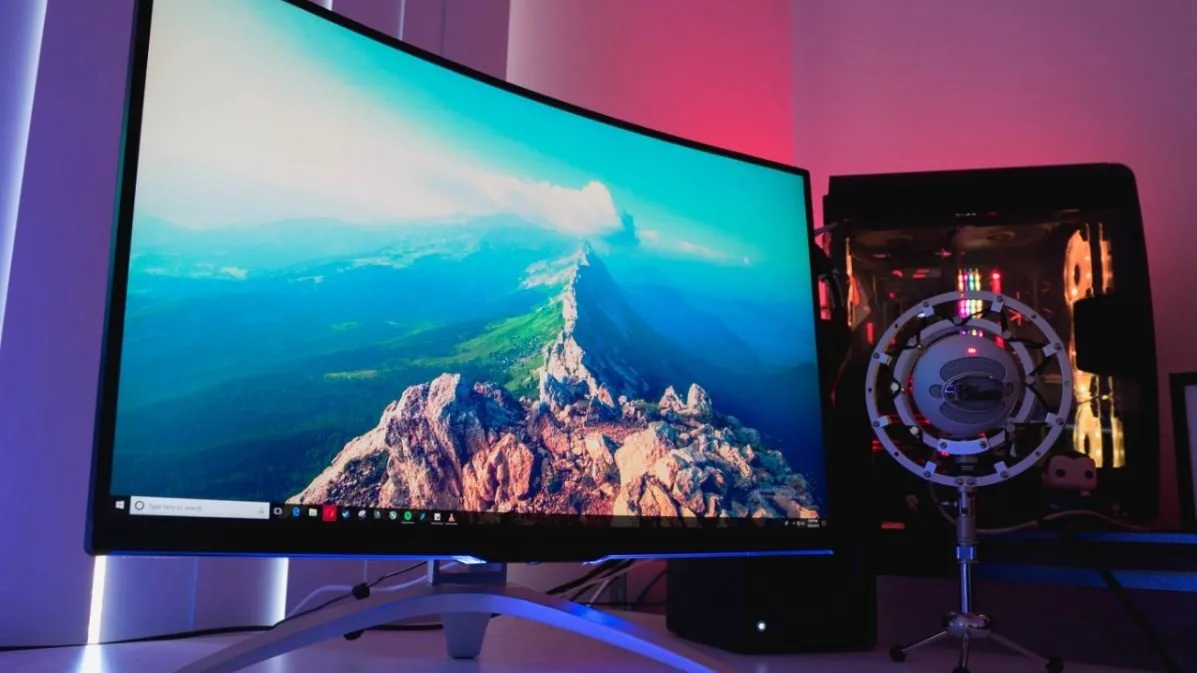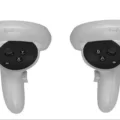When it comes to choosing a monitor, there are many factors to consider, including size, resolution, and pixel density. One popular choice among consumers is a 1440p 32-inch monitor, due to its balance between screen size and image clarity.
A 1440p resolution refers to the number of pixels on the screen, with 1440 pixels horizontally and 2560 pixels vertically. This results in a total of 3.7 million pixels on the screen, providing a high level of detail and sharpness in images and text.
When it comes to the pixel density of a 1440p 32-inch monitor, it is important to note that pixel density is measured in pixels per inch (PPI). A 1440p 32-inch monitor has a pixel density of 91.8 PPI, which is considered a good range for monitors.
The higher the pixel density, the sharper and more detailed the image will appear. However, there is a point where the human eye cannot distinguish individual pixels, known as the eye’s resolving power. This means that a higher pixel density may not necessarily be noticeable or worth the extra cost.
In addition to the resolution and pixel density, it is important to consider other factors when selecting a monitor, such as color accuracy, refresh rate, and response time. These factors can impact the overall viewing experience and should be taken into account when making a purchase.
A 1440p 32-inch monitor is a popular choice for those looking for a balance between screen size and image clarity. Its pixel density of 91.8 PPI provides a high level of detail and sharpness, making it a great option for gaming, graphic design, and other visual tasks.

What Is The Ideal Pixel Density For 1440p Resolution?
When it comes to 1440p monitors, a good pixel density is generally considered to be around 108 pixels per inch (ppi). This is because a 1440p resolution refers to a display that has 2560 pixels horizontally and 1440 pixels vertically. To calculate the pixel density, you would divide the number of pixels by the diagonal screen size in inches.
A 27-inch 1440p monitor, for example, has a pixel density of approximately 108 ppi. This means that the pixels are packed tightly together, resulting in a sharper and more detailed image. Additionally, a higher pixel density can also be beneficial for tasks that require precision, such as photo and video editing.
Of course, the ideal pixel density for a 1440p monitor may vary depending on individual preferences and use cases. Some users may prefer a lower pixel density for larger text and easier readability, while others may prioritize a higher pixel density for a more immersive viewing experience. Ultimately, it’s important to consider your specific needs and preferences when selecting a monitor with a suitable pixel density.
PPI of a 32-inch 1440p Monitor
A 32-inch 1440p monitor has a pixel density of 91.79 PPI (Pixels Per Inch). This is due to its screen resolution of 2560 x 1440 (WQHD) and screen size of 32 inches. It means that for every inch of the screen, there are approximately 91.79 pixels.
Is 1440p Resolution Suitable for a 32-inch Monitor?
1440p is generally considered to be a good resolution for a 32-inch monitor. While a larger screen size may benefit from a higher resolution such as 4K, a 1440p resolution can still provide a clear and detailed image on a 32-inch display. Additionally, opting for a 1440p resolution may be more cost-effective than purchasing a 4K monitor, which can be significantly more expensive. However, it is important to note that personal preferences and specific use cases may vary, and some users may prefer a higher or lower resolution depending on their needs.
What Is A Recommended PPI For A 32-inch Monitor?
When it comes to determining the ideal pixel density or PPI (pixels per inch) for a 32-inch monitor, several factors come into play, including the viewing distance and the intended usage of the display. However, based on the typical viewing distance of around 2-3 feet, a good range for monitors is 100 to 150 PPI. This range provides a balance between sharpness and readability, making text and images clear and easily distinguishable. Going beyond this range may not offer much noticeable improvement in visual quality, and may also strain the computer’s graphics card, resulting in slower performance. On the other hand, going below this range may result in pixelation and a lack of clarity, which can negatively impact the user experience. Therefore, a 32-inch monitor with a PPI within the 100 to 150 range would be a good choice for most users.
Conclusion
A 1440p 32-inch monitor is a great choice for those who want a high-quality display with a pixel density of around 91.79 PPI. This resolution and size combination provides a clear and vibrant image that is perfect for gaming, video editing, or any other task that requires a large and detailed screen. However, it is important to note that individual preferences may vary, and some users may prefer a higher or lower PPI depending on their needs and visual acuity. a 1440p 32-inch monitor is an excellent option for anyone who wants a large and immersive display that delivers crisp and clear images.








